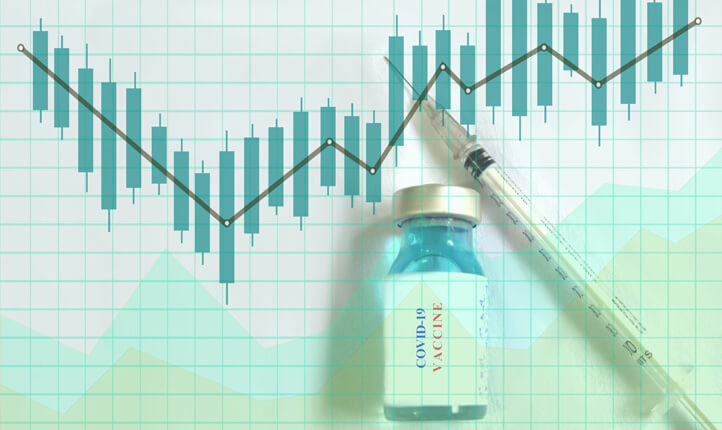By Tom Arnold
In a change to recent trends, this week has not been a good one for the Pound. We have seen significant losses across the board and most notably of around 2-3 cents against both the Euro and the US Dollar.
This weakness for Sterling has been largely a result of growing uncertainty over the UK’s, previously very successful, Covid-19 vaccination programme. Up until a few days ago the UK was leading the way with its vaccinations. But news that the AstraZeneca vaccine is being investigated for supposedly causing a rare form of blood clots in a small number of cases, has rocked the UK authorities, with momentum now dropping. The AstraZeneca vaccine is still very successful and the number of cases of the blood clots is incredibly low, but with limited testing possible on these new vaccines due to the need to curb the pandemic, any such side-affects, particularly with a number of fatalities involved, clearly must be investigated.
While supply of the various vaccines still seems plentiful in the UK and with a huge number of people already vaccinated, and with the AstraZeneca vaccine still in use for most age groups, things are still on track for the UK economy to unlock, which is what has powered Sterling’s recent strength. But the Pound’s position is clearly very vulnerable to uncertainty, and we can expect to see further volatility as this situation unfolds. Many other country’s vaccination programmes are improving and so the UK’s, and hence Sterling’s lead, seems to be narrowing, hence the drop in Sterling strength.
Additionally, the rioting in Northern Ireland over the last few days, has led to rising concerns about the Brexit-effect. Brexit has been off the front pages for some time now, but has come hurtling back to the fore, with the events in NI. Could we be seeing a return to the troubles? There was always going to be some fallout from the Northern Ireland protocol, and any return to the uncertainty of violence in NI, is obviously also negative for the Pound.
Another factor is the US Federal Reserves stimulus mechanisms, which have seen significant amounts of Dollars injected into the markets. This is generally a weakening factor for the Dollar, as the more they print, the more its value is diluted. But in this instance, it is leading to inflationary concerns, and a mechanism to control or lower inflation is to raise interest rates, which in itself is a currency positive mechanism. At the moment, with interest rates so low, there would seem to be room to raise rates, and with the Fed holding steady to their plan of injecting more liquidity, the Dollar is making gains. This is exacerbating the Sterling losses, forcing cable down to an even greater degree than the Sterling losses elsewhere.
What does this mean for those with an upcoming requirement and Sterling in hand – well the Pound is lower than the recent highs, so you could be forgiven for thinking that holding on will simply lead to a rebound once the vaccine programme is back on track. However with other countries programmes slowly catching up and the problems in Northern Ireland, it is far from a foregone conclusion, so it is worth keeping in close contact with our currency consultants, to find out more about the options we have to remove risk and help you to secure your exchange at the rate you need.


